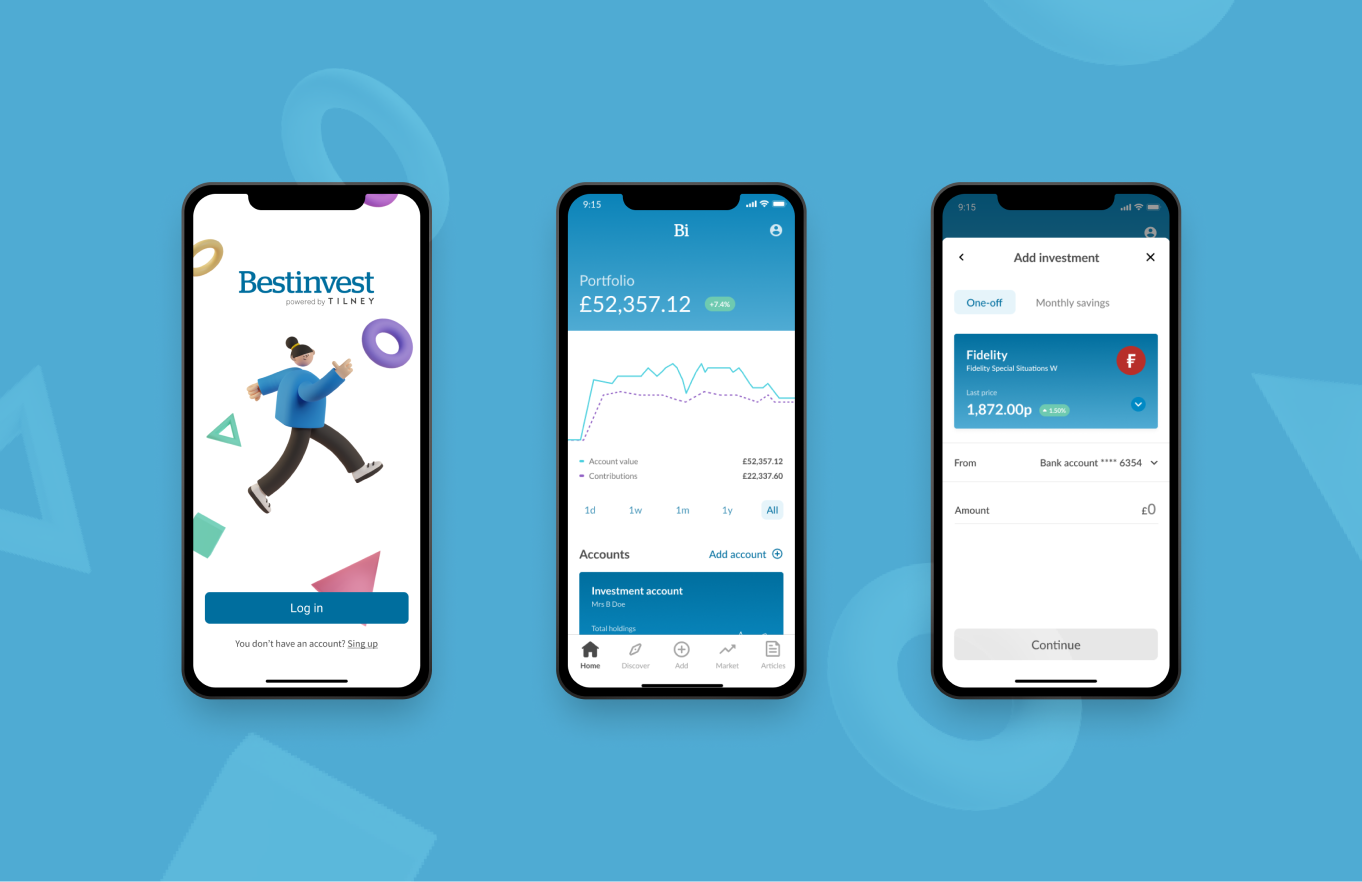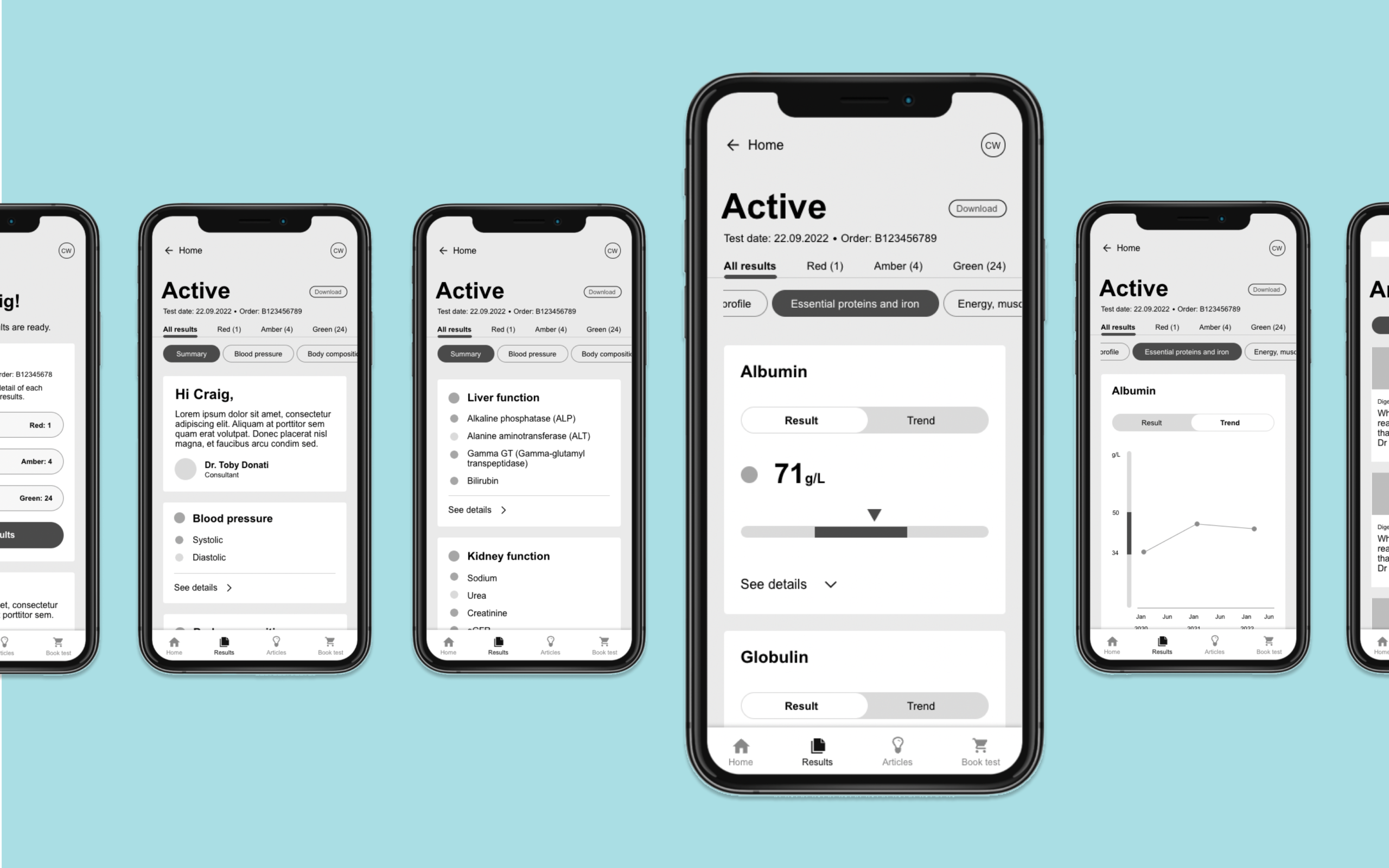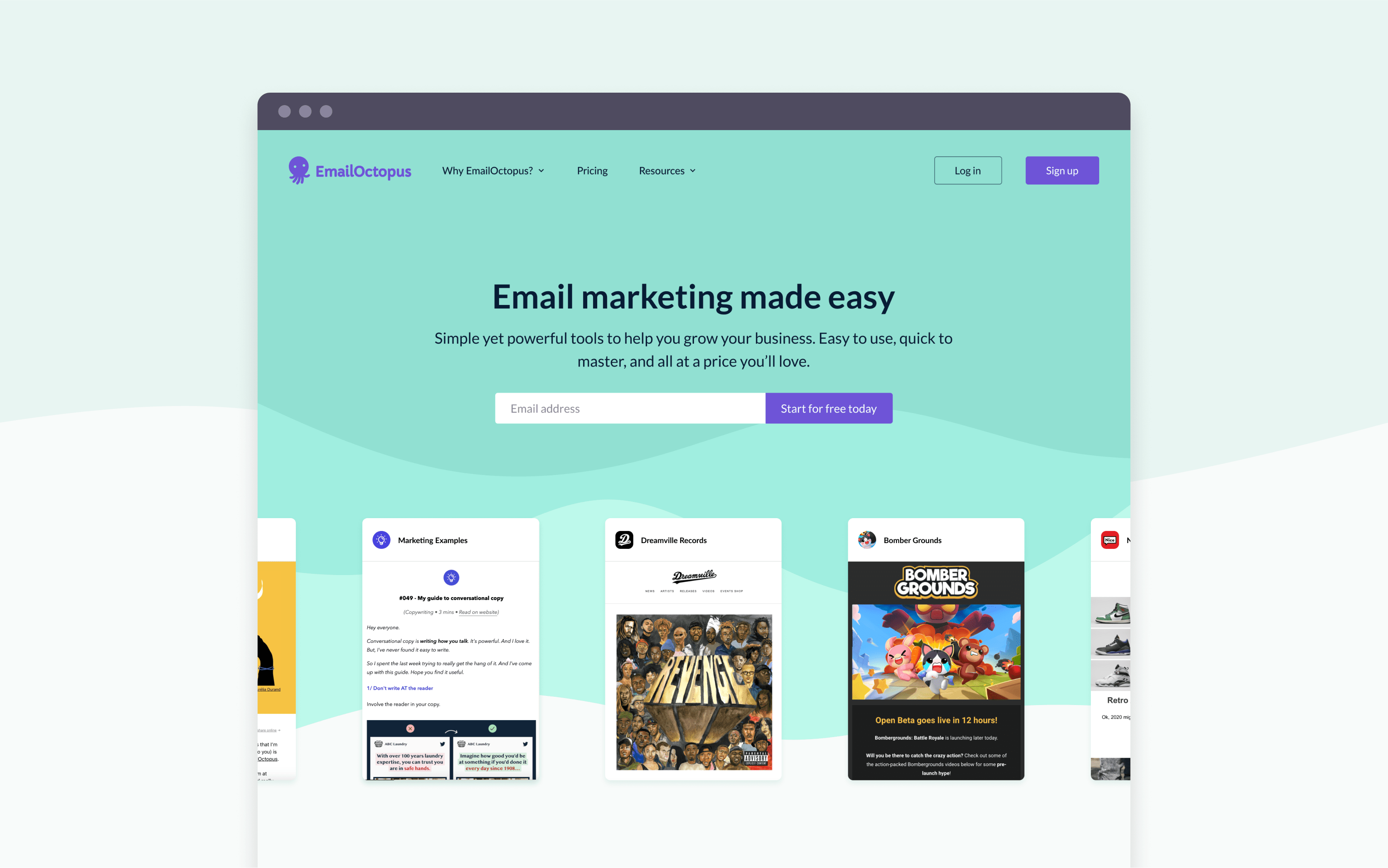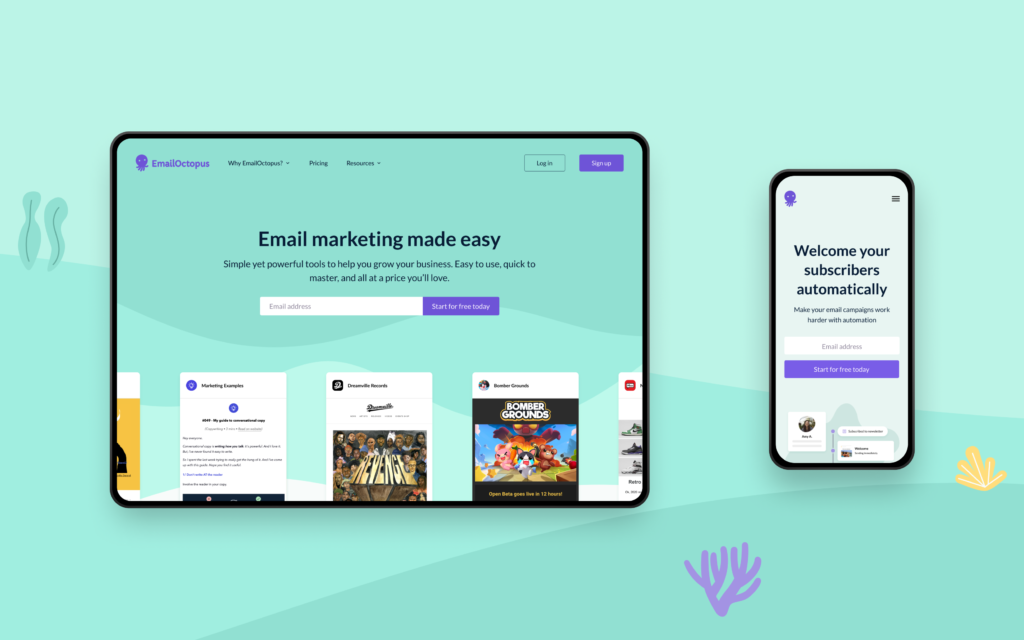UX/UI Design
Our expertise covers the full range of UX/UI design skills from in-person user research to designing animation sequences for buttons. We unpack the key areas of this now established design specialism and the services we offer below.
What is UX design?
UX design is an abbreviation of user experience design and is all about shaping how people interact with a product, service, or brand. Don Norman defines it as “all aspects of the end-user’s interaction with the company, its services, and its products.”
In practice, that means UX design isn’t limited to how a digital product looks or functions. It covers the entire journey a person takes — from discovering the solution to their problem, finding, buying and using the product, getting support when they need it and even how they eventually stop using it are all part of the user experience.
For us, as a UX design agency, the two key areas that focus on are:
- The product experience — whether it’s SaaS or another type of digital product where usability, clarity, and efficiency are paramount.
- The marketing experience — most often delivered through a website where people form their first impressions, learn, evaluate, and ultimately decide whether to buy a product or service.
Both sides must be thoughtfully designed and optimised to meet both user and business needs.. When we talk about “success” in UX, we’re looking at outcomes for both entities: solutions that feel intuitive, valuable, and enjoyable and ultimately solve the needs of the user and that also help the company grow.
What is UI design?
So if UX design looks at ‘all aspects’ of the end user’s interaction then UI design is really a part of UX design as it focuses on one key component: the user interface.
UI design brings together brand, usability best practices, interaction design and all the hard work in researching user needs and distills it into the interface with which the user interacts with the company’s product or services.

The UI design for Bestinvest brought together their refreshed brand and reimagined UX to create a fresh, intuitive investment management app.
We most commonly think of it as what you click or tap on when using a digital product but it also includes the interface which you use to buy something on an ecommerce or marketing website and in fact any interface that a user might use whether that’s choosing your next watch on Netflix or turning down the air conditioning on your car touchscreen – these are all user interfaces.
SaaS and digital product design
As a UX/UI design agency we thrive on the variety of challenges that our clients seek help with and our specialist area is SaaS design also referred to as digital product design.
These types of projects utilise all the core UX/UI design services we offer (see below) but there are particular considerations with the product experience that have to be factored into our thinking:
- Product is likely to have habitual use – monthly, weekly or even all day every day such as project management products
- Often product interfaces include dashboards, tables, data, forms and require far more user inputs in order to perform the key functions
- There can be multiple differing user journeys depending on the product, feature and user type e.g. Hubspot is a vast SaaS product with an array of capabilities from CRM for sales teams to data management for marketing teams
Marketing website design
UX/UI design is equally important when designing the user experience for marketing websites whether your marketing a SaaS product or hair care lotion – the core approach, skills and tools are the same but like product design there are some key differentiating factors:
- When designing a SaaS marketing website for example there is often a small number of primary actions you want the user to take namely subscribing to the product
- Skills such as information architecture and conversion centred design are very important in the UX design process for channeling user intent and driving them towards the desired action
- Branding plays a very important role so creating engaging, marketing pages that have strong brand cues are critical to capturing attention and memorability when a prospective customer is browsing the marketing site and consistent branding across channels plays a big part recall when prospective customers are looking for a solution
Our UX/UI design services
At Vector our UX/UI design services cover a broad range of expertise and skills:
User-centred design
All of the below really comes back to this key concept – user-centred design. Putting the user aka the customer or human first and at the centre of the user experience that we are designing.
By always coming back to the user-centricity as the overarching guiding principle in our UX/UI design process we make sure that we see it through their eyes
UX research
Whether we’re designing a digital product, marketing website or any other type of communication we start with the most important entity – the customer – who will be interacting with what we design.
We undertook extensive user research when designing the UX for the Ticketpass event management app.
Understanding what they need, what their frustrations might be with existing products and services along with how your competitors are solving the same problems are all part of user research tasks. Ideally we speak to your target user, undertaking primary research to find real insights that we can turn into compelling user experiences – surveys, interviews and testing are all powerful user research techniques.
User journey mapping
What are key journeys that your users will take through your product or marketing? How can we ensure they complete their actions and meet business objectives at the same time?
We map those journeys in the form of flow diagrams and then examine how we can maximise utility whilst ensuring revenue opportunities are also considered be it someone using a project management SaaS to add a new task or someone signing-up for a free trial – mapping and testing the key journeys enable us to test different solutions without the expense of a full design process.
Information architecture
Determining how your content is organised and aligning it with how your target audience will use your product or marketing is another key part of the UX/UI design process.
This might require card sorting or post-it note sessions with the project group to help organise the content and what naming conventions, labels and microcopy – the small descriptive terms and sentences that accompany links and content names – are all part of how we organise the UX so it is as easy to understand and navigate as possible.
Wireframing & prototyping
Wireframing and prototyping enables us to test ideas quickly at an early stage in the design process.
A wireframe is a black and white representation of an interface and is created with the purpose of illustrating where interface elements such as navigation and buttons will be placed along with how content will be displayed. Crucially it doesn’t contain brand or colour so that we can focus on organising the interface without distractions.
Wireframing enables the quick testing of differing UX approaches and by connecting wireframes together to form a prototype – we can create a rudimentary representation of the user experience to test internally and with target users whether that’s a marketing homepage, mobile app or enterprise software – we can wireframe and prototype any type of interface.

When designing the Bluecrest mobile UX we extensively wireframed and tested key user journey to help validate our thinking.
Most product interfaces and all marketing interfaces have to be responsive so testing responsive UX/UI design wireframes can save huge amounts of time before full UI design and development.
Usability testing
“The First Law of Usability: Your design will be tested by users — your only choice is whether to run the test yourself before launch so that you can fix the inevitable problems while it’s cheap instead of playing expensive catch-up later.” – Jakob Nielsen
Possibly the most valuable part of the design process is testing what we’ve created with real users through usability testing. This is an essential part of the UX/UI design process – the feedback can be so valuable at every stage of the project from validating initial ideas to finalising a fully developed interface – user testing can shape product and save valuable time and money.
Interaction design
How your users will interact with your interface – how they use the navigation, every button click, drop down and form entry – all are essential parts of the user experience and user interface and have to be thought about and designed be it a dashboard UI or a marketing homepage.
Layering on motion to elevate interactions can delight users and help with engagement and retention within your UX.
Conversion-optimised design
Conversion primarily relates to marketing design and optimising a landing page or sign-up journey so that users complete the desired action e.g. buying a product or signing up for a free trial. Strong UX design can increase conversion rate and is critical to successful digital marketing campaign.
In SaaS design though it can also relate to completing actions such as sending an email from your email marketing SaaS – this is primary action and therefore optimising for conversion on the product side is key a consideration when designing the user journey for it.

We used conversion-centred design techniques when designing the landing pages for EmailOctopus.
Design systems
Design systems have become so much of a ‘thing’ that there are books, blogs and entire conferences dedicated to it.
They are very important and can range from a simple page that defines the colours, type, button styles and other key content, layout and interface elements and usage guidelines to vast multi-page websites, shared design files and supporting documentation to help ensure the user experience is consistent across all platforms and communications.
Our tools and technology
We employ a suite of tried and tested tools for our UX/UI designs:
- AI and the internet – competitor research
- Zoom, Google Meet, Teams – user research and testing
- Paper, post-its and Miro – user journey mapping, information architecture
- Figma – wireframing, UX and UI design
- Usertesting.com – Prototype and high fidelity testing
- Trello – Project management
The tools and tech are all aides to finding the right UX/UI for your needs.
Why choose us
We’ve developed skills, processes and intuition for solving UX/UI design challenges across a variety of sectors:
- Experienced at all stages of the UX design process from research through to deployment
- Worked in niche sectors as well as competitive marketplaces – undertaking a meticulous understanding of customer and market place
- Client work for a range of UX/UI design challenges
- From 3 month marketing website design and builds to 3 year digital transformation programmes we adapt to delivery timescales large and small
- Verified Clutch 5* rating from our lovely clients
Book a call
UX/UI Design
Ready to discuss your project?
Frequently asked questions
What is included in your UX/UI design services?
As explained in the article above, our UX/UI design services cover a number of different disciplines so what is included for your project is dependent on the specific project requirements. A SaaS design project may encompass the full set of services from user research right through to creating a design system to capture all the design information relating to the UI. A landing page project might just focus on wireframing, prototyping and conversion-centred design so it really depends on the type of design required.
Do I need both UX and UI design?
You may not need both UX and UI design as your project may be a very specific task which relates to 1 area more than the other (though as discussed above, UI is a subset of UX design so technically one encompasses the other). For example, a user research and testing project may not require any UI design as the final output is a report and insights relating to the research or testing.
How does UX affect SEO?
There are a number of UX design elements that can affect SEO - some of the most important are 1) An intuitive information architecture and navigation that has clear names for content items that relate directly to the content they contain, 2) responsive mobile design as Google gives weight to optimised websites and 3) content design with a clear hierarchy and proper use of headings, sub headings, lists and other standard content presentation methods. Search engines place high importance on well thought out UX as it makes life easier for the user which is part of how they assign the importance pages.
How long does UX/UI design take?
This again depends on the project itself but to provide some indicative timelines for marketing websites where we are designing and building from scratch, we’ve been able to turn around projects in as little as 4 - 6 weeks. SaaS product design where we are designing a full product interface can often take longer, averaging somewhere between 8 - 12 weeks.



